Cashews
Cashews
Cashew orchards in Vietnam - December 2020
Cashew crop in Vietnam - Season 2021
Vietnam, Ivory Coast, India, Tanzania & Brazil
The cashew is the seed of a cashew tree, which is a tropical evergreen with a short, often irregularly shaped trunk, native to Central America, the Caribbean Islands and northern South America, including Brazil. The tree can get up to 15 meters tall and is branched low, with leathery textured and smooth-edged leaves. It has both male and hermaphroditic flowers which are pale yellow and pink-streaked, and bees are often used to pollinate the trees so that they yield more fruits, i.e. more nuts. After planting a tree, it takes three years before production starts and eight years before economic harvests can begin, after which a tree produces around 600 cashew nuts.
The cashew nut is the seed of a kidney- or boxing-glove-shaped drupe, which is the true fruit of the cashew tree. The drupe develops first on the tree, after which the pedicel expands to become the cashew apple. This apple is a so-called “accessory fruit” (or false fruit), and it is large, pear-shaped and yellow- or red-skinned and edible with a sweet smell and taste. As the apple can only be kept for a few days after picking, it is not used for export, but the sweet and sour juice, however, does get exported and sold mainly in Chinese supermarkets in various countries.
Once the apples turn yellow or red and fall on the ground, they are ready to harvest. Farmers then separate the drupes from the apples by twisting it firmly, leave them to dry in the sun for 1-3 days and then take the drupes, i.e. the raw cashew nuts (RCN), to a buyer or a factory for processing. During processing, the RCN are steamed to make the shell brittle, dried briefly and then cut (blades make small cuts into the shell so the (whole) cashew comes out). The hard shell around a cashew contains an allergenic phenolic resin which can cause severe skin irritation. After shelling, there is still a skin around the cashew which needs to be peeled. This is mostly done delicately by hand, taking care not to break off the nip from the thicker end of the nut and to avoid scraping. Given this manual and time-consuming process, cashew nuts are relatively expensive compared to other nuts. At the end of the process, the nuts are selected by color and size and then packed.
The largest cashew producing countries are Vietnam, India, Ivory Coast, Tanzania, and other countries in West Africa and Brazil. It is not uncommon for cashews to be shipped from Africa to India and Vietnam for processing, but due to developments in African countries, more and more raw nuts are also being processed for export in the country of origin.
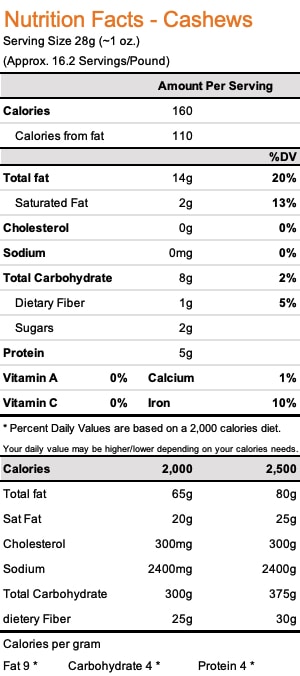
Cashews are mostly being traded under AFI terms and conditions. You can read more about the AFI terms and conditions here.
Cashew trade ways
Cashew trade is somewhat complex. These nuts travel a long way before reaching consumer markets.
European cashew consumption
How is cashew consumption in Europe? We asked consumers from Europe to tell us their opinion and habits in eating cashew products.
European cashew products
Cashew kernels can be processed into many different types of products. These are 9 products made out of cashew kernels, available on the European market.
Want to make one of these products or try to use them in a recipe? Click here!
Cashew trade is somewhat complex. These nuts travel a long way before reaching consumer markets.
How is cashew consumption in Europe? We asked consumers from Europe to tell us their opinion and habits in eating cashew products.
Cashew kernels can be processed into many different types of products. These are 9 products made out of cashew kernels, available on the European market.

Want to make one of these products or try to use them in a recipe? Click here!
Nutrition facts
News on cashews:
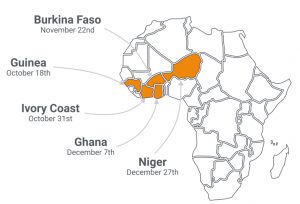
Update on West Africa: Elections, instability and impact on markets
Many events are happening in West Africa. Learn more about the recent events here and the impacts on commodity markets.
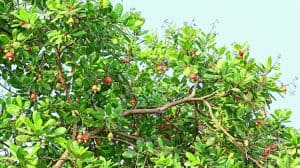
Cashew market report September 2020
Yesterday, we received the import and export figures for August from Vinacas. This is a quick recap of the figures compared to last year and our

La Niña is here, and she might stay and impact peanut plantings
La Niña is here and according to the Climate Prediction Center, there are 75% chances that it will continue until January or February next year.
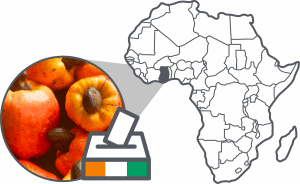
Elections in Ivory Coast and effects on commodity markets
Applications for the campaign are now closed On October 31st, presidential elections will be held in Ivory Coast. Candidates had until August 31st to declare

70% chance of La Niña happening in fall 2020
Probability of La Niña happening in 2020 has increased from 60 to 70%, which is about “three times the average likelihood” of this phenomenon
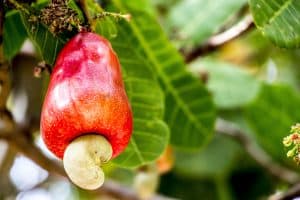
Cashew market report August 2020
Yesterday, we received the import and export figures for the month of July from Vinacas. This is a quick recap of the figures compared to

Update on West Africa: Elections, instability and impact on markets
Many events are happening in West Africa. Learn more about the recent events here and the impacts on commodity markets.

Cashew market report September 2020
Yesterday, we received the import and export figures for August from Vinacas. This is a quick recap of the figures compared

La Niña is here, and she might stay and impact peanut plantings
La Niña is here and according to the Climate Prediction Center, there are 75% chances that it will continue until

Elections in Ivory Coast and effects on commodity markets
Applications for the campaign are now closed On October 31st, presidential elections will be held in Ivory Coast. Candidates had

70% chance of La Niña happening in fall 2020
Probability of La Niña happening in 2020 has increased from 60 to 70%, which is about “three times the

Cashew market report August 2020
Yesterday, we received the import and export figures for the month of July from Vinacas. This is a quick recap

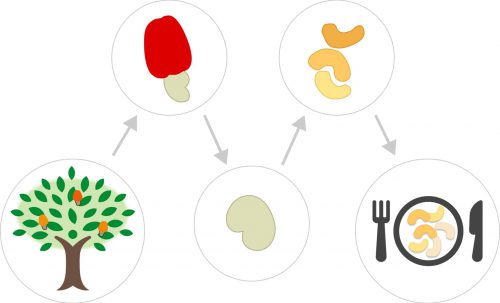

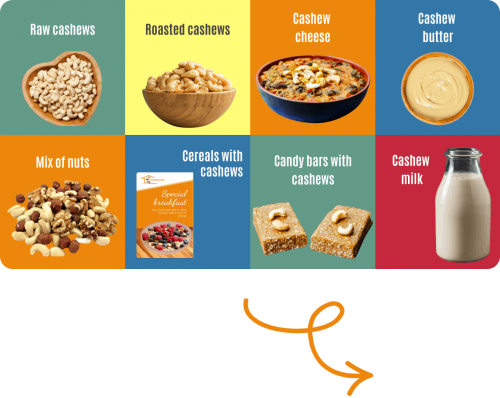
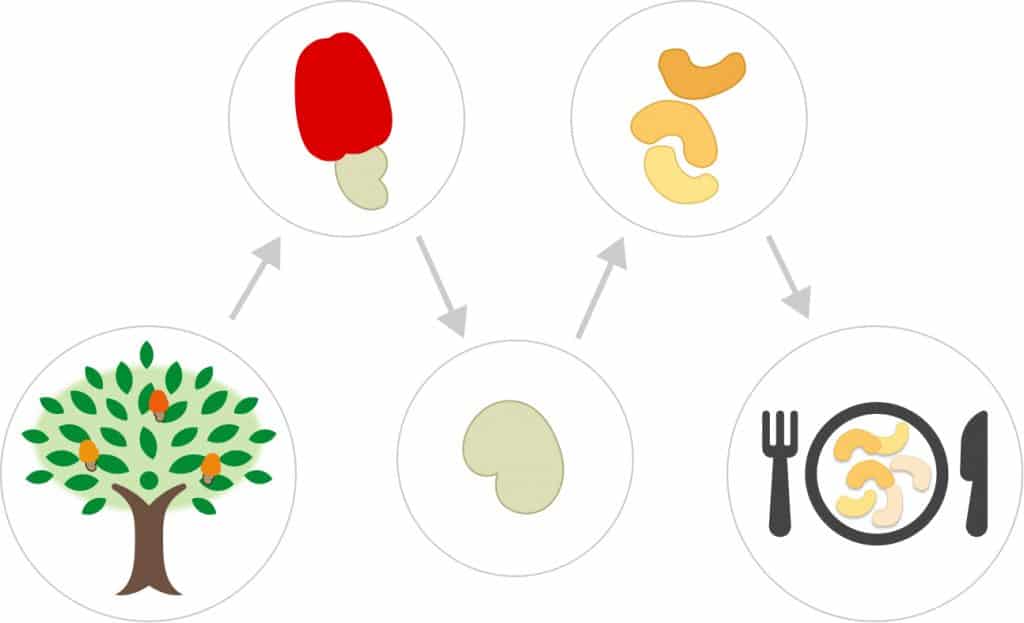
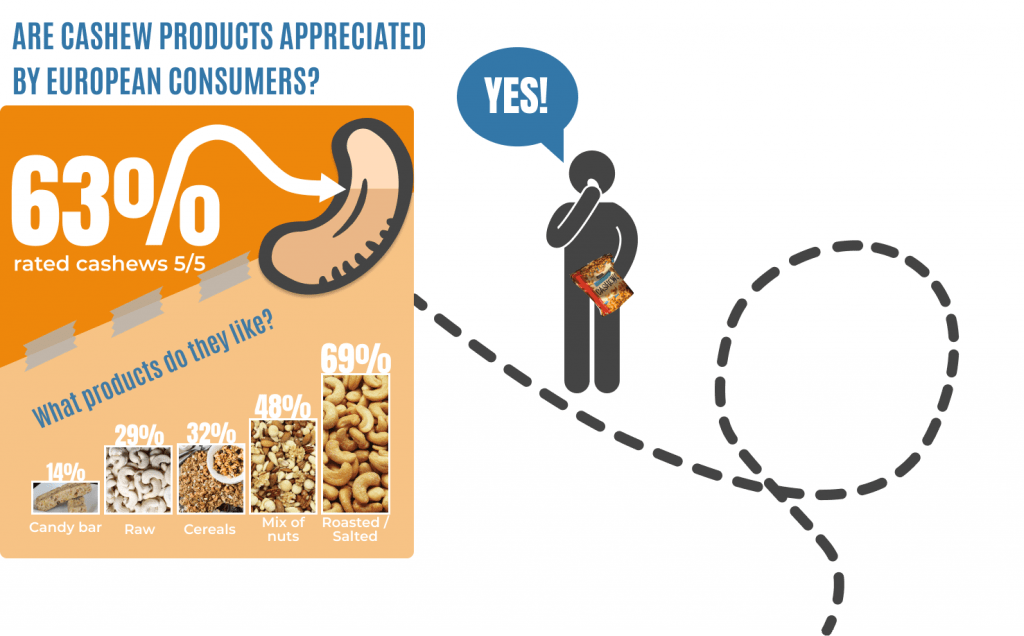
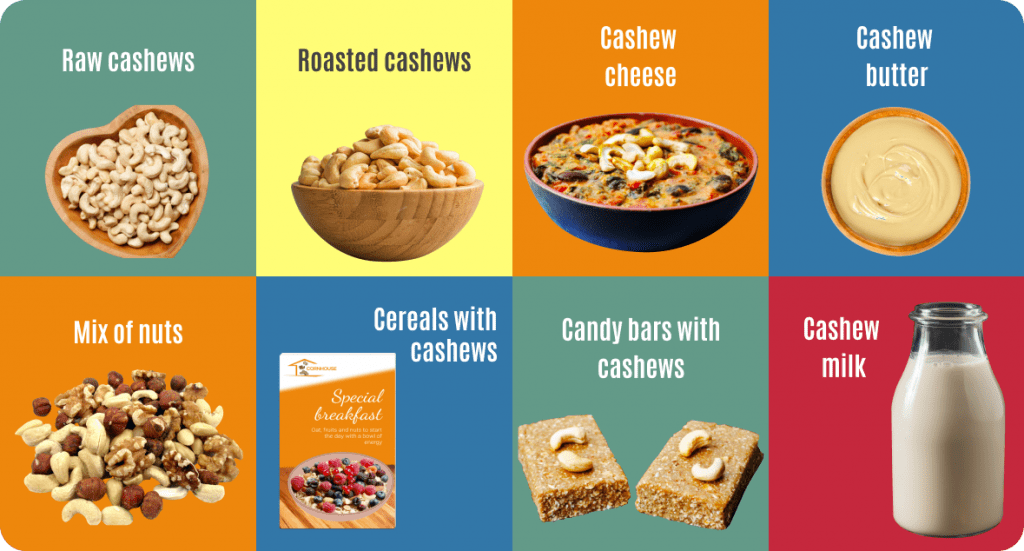
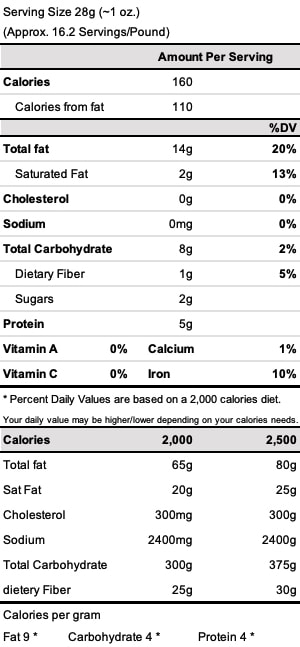
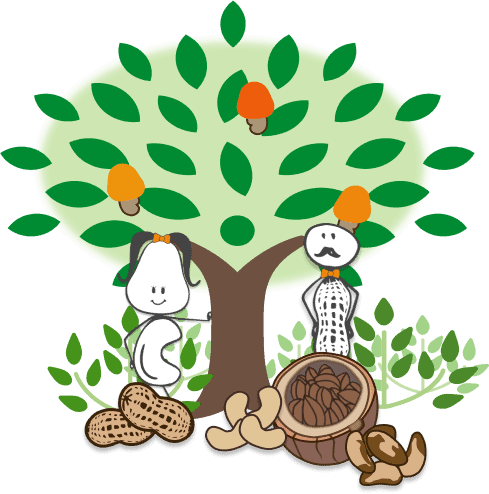
 We use cookies to ensure you get the best experience on our website. For more information, please read our
We use cookies to ensure you get the best experience on our website. For more information, please read our